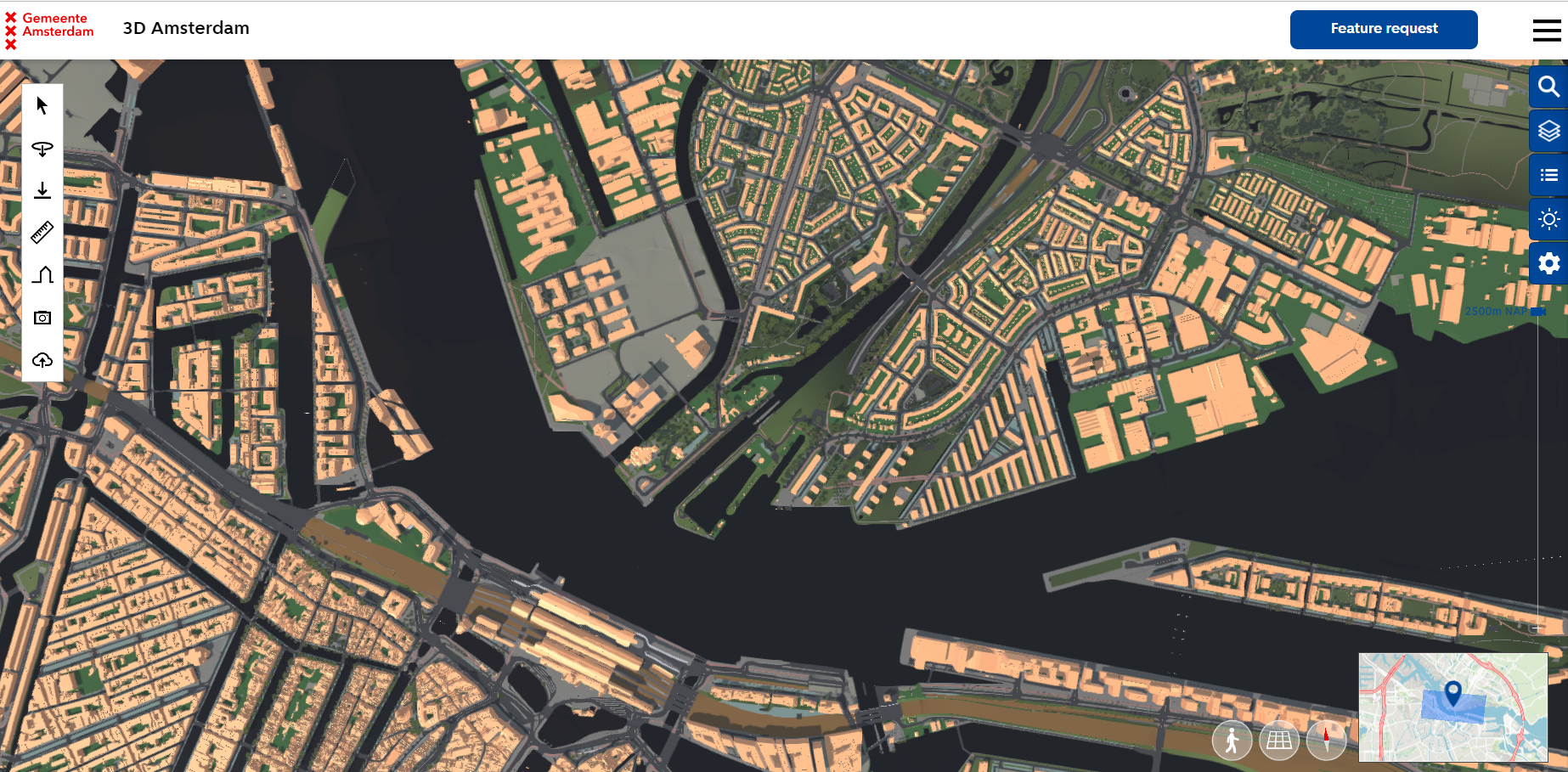Digital twins are everywhere. These particular types of twins are not just used by high-tech start-ups but also by mainstream companies and government institutions. Digital twins are built to mirror production processes in companies, to mirror complex systems like energy production and distribution utilities, to mirror key assets like bridges and sluices, as well as the entire water management system in the Netherlands. The fact that digital twins are everywhere may conceal that the term digital twins refers to different things. This report will clarify that. How and when did the concept of digital twins come about? Is the concept already applied on a large scale in society or is this a hype that still needs to be implemented to the full? If it has not yet been applied on a large scale, what are the main barriers to large-scale implementation? This report will track the historical path of the emergence of the concept and investigate possible barriers to its large-scale implementation. Finally, we will sketch possible future developments for this fascinating concept.

Different levels
The monitor identifies different levels at which Digital Twins can function. The first level is a static digital version of, for example, a city, building or sewage system. The second level adds the possibility of simulating a situation, for example how water flows through a sewer. At the third level, real-time information is also added from the 'real' world, such as the current water level in the sewer system. Finally, the fourth level of Digital Twin can also intervene in the real world. For example, by automatically closing drainage pipes, diverting the water and preventing a flood.
While a higher level Digital Twin makes uses of more advanced technology, it is often desirable to use a less sophisticated Digital Twin that integrates human control and approval. The authors of the monitor conclude that most barriers to large-scale use are social rather than technological factors: the necessary cooperation of various parties when using Digital Twins is complex, and laws and regulations regarding the use of Digital Twins have not yet been established. Much knowledge still needs to be developed and shared.
Urban applications
Many municipalities are developing Digital Twin applications. Our research was limited to the municipalities of Amsterdam, Breda, Den Bosch and The Hague. In Amsterdam, for example, there is a virtual version of the city: 3D Amsterdam - it is used by architects and city developers. Breda and Den Bosch use Digital Twins to analyze bicycle traffic, among other things. The Hague has a digital mirror city that has been used, for example, to simulate the crowds in Scheveningen on a sunny day.
The report makes the following recommendations, among others: make Digital Twin applications part of a broader political agenda, start small and expand, ensure a structural budget and good embedding in the organization. Over time, the technological level of Digital Twins has increased, they have acquired more applications and scaled up. It is expected that this promising technology will increasingly be used to manage all kinds of aspects of cities.
Published by prof. dr. Roland Ortt and Lassi Tiihonen.
